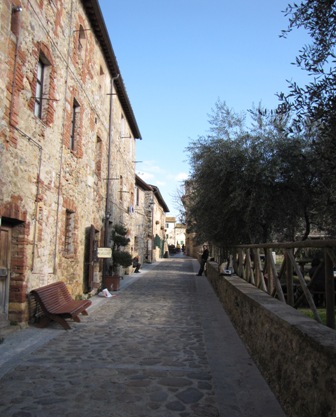A blog reader (thanks!) sent me the link to a food-for-thought 2003 Swedish study (see http://tinyurl.com/d4qc38) on nicotinamide, a water-soluble member of the vitamin B family (specifically, the amide derivative of vitamin B3).
Now, this study doesn’t examine myeloma but is still relevant to us because it shows that nicotinamide inhibits IL-1 beta (=SMM-MM progression factor), IL-6 and TNF-alpha by, tadaaa!, 95%. I repeat, by 95%. And it also inhibits IL-8, an angiogenesis cytokine in myeloma, by 85%. This is all most intriguing.
This was an in vitro experiment, conducted on healthy human blood incubated with endotoxin, which stimulated the response of the above-mentioned cytokines. Nicotinamide, when added to the mix, inhibited all four cytokines, which is great news. The researchers conclude: As the proinflammatory cytokine response of IL-1beta, IL-6, IL-8 and TNFalpha following endotoxin stimulation of human whole blood is profoundly inhibited by nicotinamide, nicotinamide may have a therapeutic potential as a modulator of cytokine effects in inflammatory disease. Super duper!
Now, the study kept mentioning this thing called PARP…no idea what that was, so I had to look it up. The acronym stands for “polyadenosine-5′-diphosphate-ribose polymerase.” Uhm. Okay, spelling it out doesn’t help matters. Forget the acronym.
Let’s see (flip flip flip…flipping virtual pages)…ah, here we go: PARP is basically a protein linked to DNA repair, cell proliferation and apoptosis. Interesting factoid: NF-kappaB cannot be activated unless PARP is also activated, as we can see by glancing at this 1999 abstract: http://tinyurl.com/b8hmsc.
And, of course, PARP is involved, not in a good way, in myeloma. Hah!
A 2005 abstract (http://tinyurl.com/dkyk39) tells us, in fact, that the outcome of PARP cleavage is the apoptosis (=programmed cell death) of myeloma cells. PARP whaaat??? Oh, okay, simply put, PARP cleavage has nothing to do with embarrassingly low necklines but is a typical manifestation of apoptosis. Basically, anything that induces PARP cleavage in myeloma (or any type of cancer) cells is a good…anything.
So…my next step was to check out PARP cleavage and curcumin. Well, quelle surprise!, curcumin induces PARP cleavage in myeloma cells (see, e.g., the 2003 MD Anderson curcumin-myeloma study to which I link from my blog): Suppression of NF-kB by curcumin also led to apoptosis of MM cells, as indicated by activation of caspases and cleavage of PARP. So this cleavage business is one of the ways that curcumin annihilates myeloma cells. Good to know.
I took this all a bit further. Not surprisingly, parthenolide also induces PARP cleavage in myeloma cells (see: http://tinyurl.com/bdbqzj): Parthenolide rapidly induced caspase activation and cleavage of PARP […]. Capital, capital.
Other substances that induce this important cleavage process (perhaps not specifically in myeloma, though; I would need more time to check that out) are:
DHA (omega-3), see: http://tinyurl.com/d4eje2
Quercetin: http://tinyurl.com/cusjx9
Resveratrol: http://tinyurl.com/alfd25
Capsaicin: http://tinyurl.com/dn325k
Okay, enough, enough, I don’t have the time to go down the list of supplements on my blog. But anyway, wanna bet that most if not all induce PARP cleavage in some type of cancer?
As soon as I finished reading the nicotinamide study, I went downstairs and took my vitamin B supplement (a gooey but tasty liquid with other things in it, too). I take it only now and again, when I need an energy boost…but perhaps now I will begin taking it more frequently. Hey, you never know…
Quick consideration. Funny how we tend to overlook things that we don’t understand or don’t think are important. Selective memory, eh? You see, I don’t remember any mention of PARP cleavage in the MD Anderson 2003 curcumin study, a study that changed my life. Yet PARP is mentioned in that study as many as 15 times (I just counted ’em)! But all that mattered to me back then was that curcumin killed myeloma cells. How this actually occurred was not important. Now, though, after three years of research, I am a bit more interested in understanding the mechanics of these apoptotic processes. Not easy…for an unscientific mind…like mine. Oh, how I wish I had a photographic memory!
 Well, “serious” can wait until tomorrow…besides, er, this could be seen as a continuation of yesterday’s “bathroom” post….okay, here goes…
Well, “serious” can wait until tomorrow…besides, er, this could be seen as a continuation of yesterday’s “bathroom” post….okay, here goes…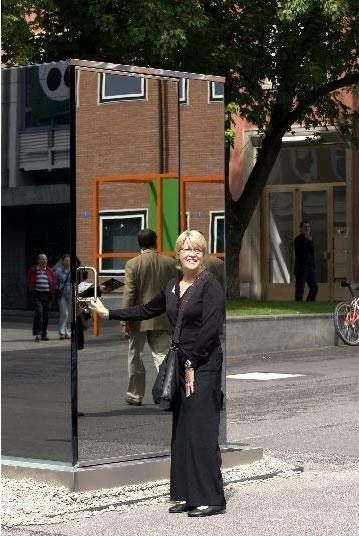 of course, but doesn’t it make you wonder if you would have the guts to step inside this high-rise bathroom?
of course, but doesn’t it make you wonder if you would have the guts to step inside this high-rise bathroom? 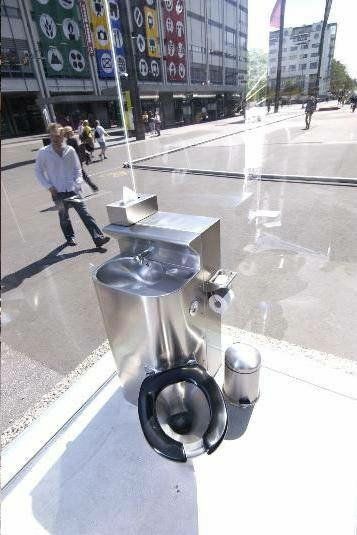 cond and third image.
cond and third image.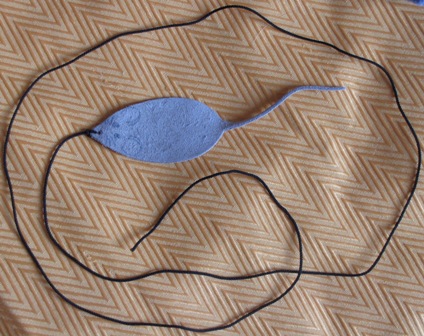 It’s a dumb little thing, really, something that you could easily make yourself: a small flat piece of leather shaped like a squished mouse (the shape, I suppose, is intended for us dumb humans; I’m sure cats wouldn’t notice if it were the outline of an elephant or a ladybug) and stuck on the end of a piece of string. I call it “mousie.” All of my cats have loved and enjoyed playing with mousie.
It’s a dumb little thing, really, something that you could easily make yourself: a small flat piece of leather shaped like a squished mouse (the shape, I suppose, is intended for us dumb humans; I’m sure cats wouldn’t notice if it were the outline of an elephant or a ladybug) and stuck on the end of a piece of string. I call it “mousie.” All of my cats have loved and enjoyed playing with mousie. 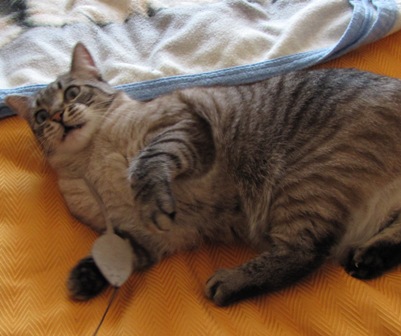 At first, I just couldn’t figure it out. She’d never before been interested in the bathroom. Besides, she doesn’t howl in front of the bathroom door when
At first, I just couldn’t figure it out. She’d never before been interested in the bathroom. Besides, she doesn’t howl in front of the bathroom door when 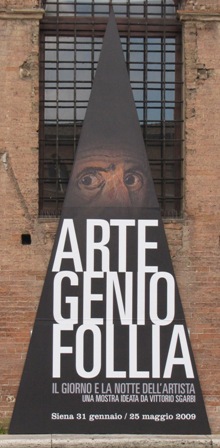 Folly.”
Folly.” 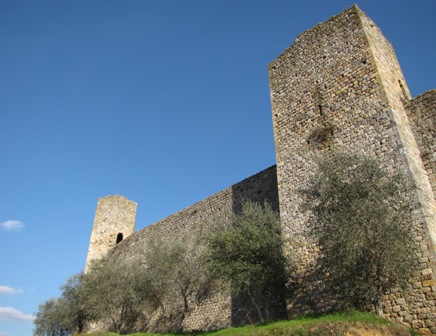
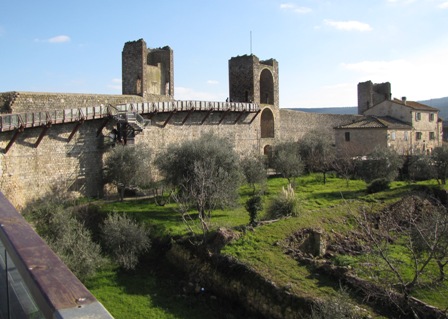 From Wikipedia I learned that the Italian poet Dante Alighieri used the towers of Monteriggioni “to evoke the sight of the ring of giants encircling the Infernal abyss”:
From Wikipedia I learned that the Italian poet Dante Alighieri used the towers of Monteriggioni “to evoke the sight of the ring of giants encircling the Infernal abyss”: 